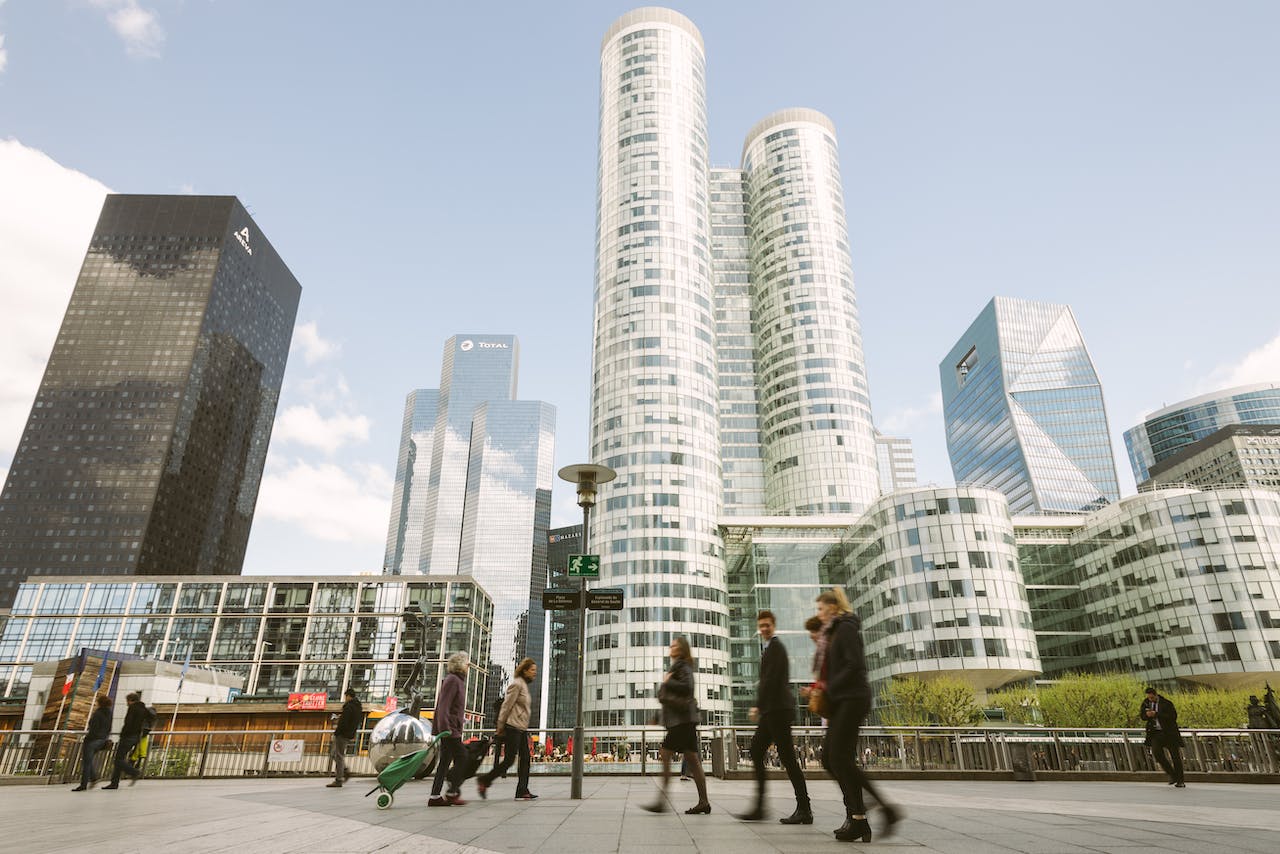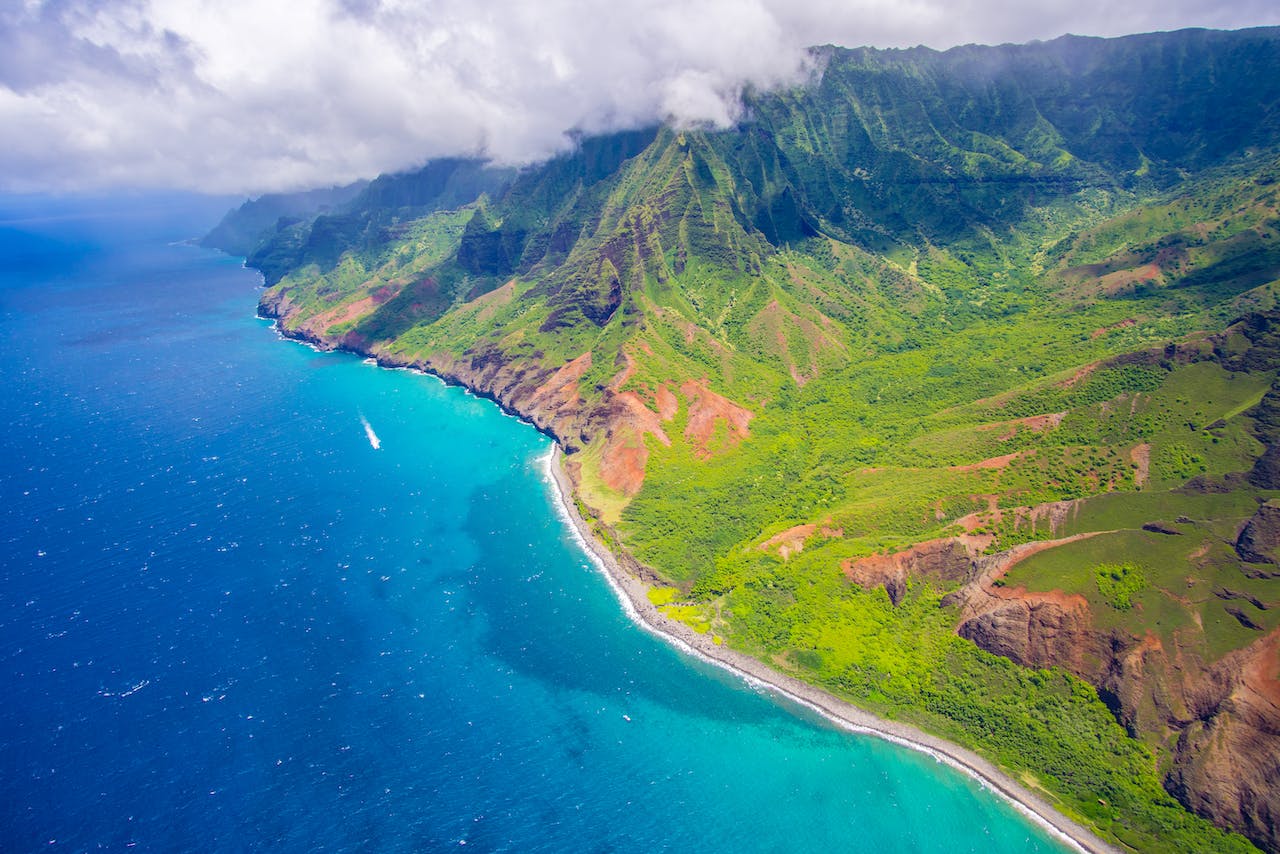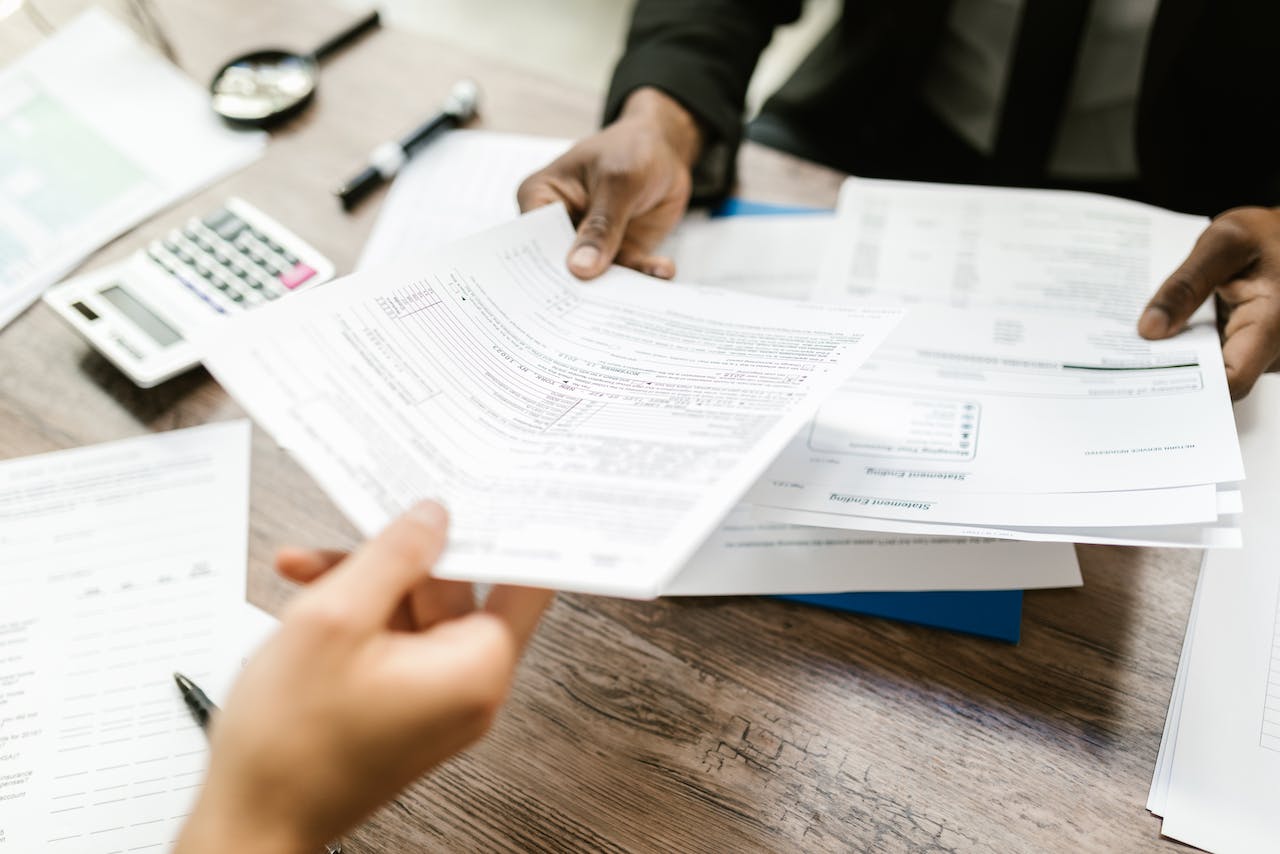The Vital Importance of Cybersecurity for Your Business
In the digital age, businesses thrive on connectivity and data, and cybersecurity is the guardian of prosperity. As technology continues to advance, so do the risks associated with cyber threats. From small startups to multinational corporations, the significance of cybersecurity cannot be overstated. It serves as a shield against a myriad of potential dangers that could jeopardize sensitive information and the very existence of a business. Let’s delve into why cybersecurity is indispensable for any modern enterprise.
Protecting Sensitive Data
Businesses accumulate vast amounts of data, ranging from customer information to proprietary research and financial records. Without adequate protection, this data becomes vulnerable to theft, manipulation, or exploitation by malicious actors. A single breach could lead to disastrous consequences, including financial losses, legal ramifications, and irreparable damage to the company’s reputation. By implementing robust cybersecurity measures, businesses can safeguard their valuable assets and retain the trust of their stakeholders. Moreover, with businesses increasingly embracing digital transformation, cybersecurity becomes an indispensable component of innovation and expansion, requiring exact IT support services.
Mitigating Diverse Threats
In today’s interconnected world, cyber threats can come from anywhere and target anyone. Hackers, cybercriminals, and even disgruntled employees constantly threaten business operations. They exploit network, software, and infrastructure vulnerabilities to gain unauthorized access or disrupt services. Without adequate cybersecurity measures in place, businesses are essentially leaving their doors wide open to potential attacks. Investing in cybersecurity is akin to installing locks on doors and windows—it deters intruders and provides a sense of security for both the business and its clients.
Ensuring Regulatory Compliance
Additionally, adherence to regulatory requirements imposes rigorous cybersecurity standards across diverse industries. Failure to comply can lead to considerable fines, legal repercussions, and tarnished reputations for companies. Prioritizing cybersecurity ensures legal compliance and showcases a dedication to safeguarding sensitive data and adhering to ethical principles. In an era of prioritizing data privacy, meeting regulations like the General Data Protection Regulation (GDPR) or the Health Insurance Portability and Accountability Act (HIPAA) is imperative, leaving no room for negotiation.
Maintaining Business Continuity
Cybersecurity is essential for maintaining business continuity. Cyberattacks such as ransomware, distributed denial-of-service (DDoS) attacks, or phishing scams can disrupt operations, leading to downtime and financial losses. The aftermath of such instances can be devastating, resulting in diminished productivity, damaged infrastructure, and prolonged recovery efforts. A comprehensive cybersecurity strategy, including regular backups, incident response plans, and employee training, is crucial for mitigating cyber threats’ impact and ensuring seamless business operations continuity.
Fostering Innovation and Growth
Moreover, with businesses increasingly embracing digital transformation, cybersecurity becomes an indispensable component of innovation and expansion. Emergent technologies like cloud computing, the Internet of Things (IoT), and artificial intelligence offer promising avenues for enhancing efficiency and competitiveness. They also introduce novel vulnerabilities and potential attack vectors that necessitate robust cybersecurity measures. By seamlessly integrating security into digital initiatives, businesses can harness technology to drive innovation while simultaneously mitigating risks.
Conclusion
Cybersecurity transcends being merely an option; it stands as a fundamental necessity for businesses navigating the digital landscape. It serves as a bulwark protecting sensitive data, mitigating risks, ensuring regulatory compliance, preserving business continuity, and fostering innovation. As cyber threats evolve in sophistication and complexity, investing in cybersecurity becomes synonymous with investing in the enduring success and viability of the business. Through prioritizing cybersecurity, businesses fortify their defenses, inspire confidence among stakeholders, and lay the groundwork for a secure and prosperous future.





